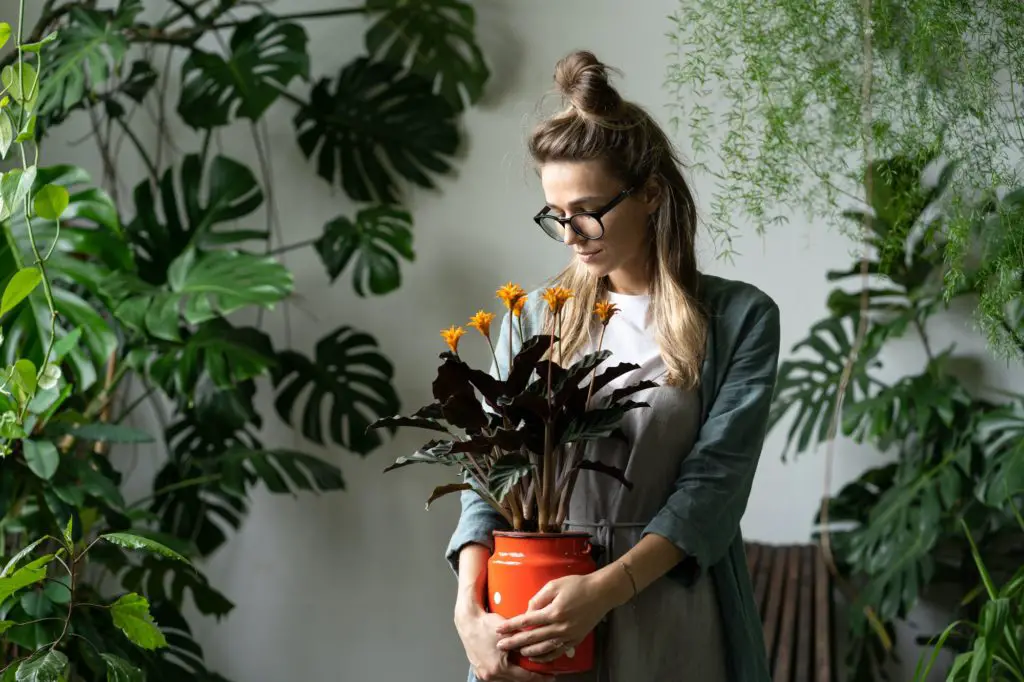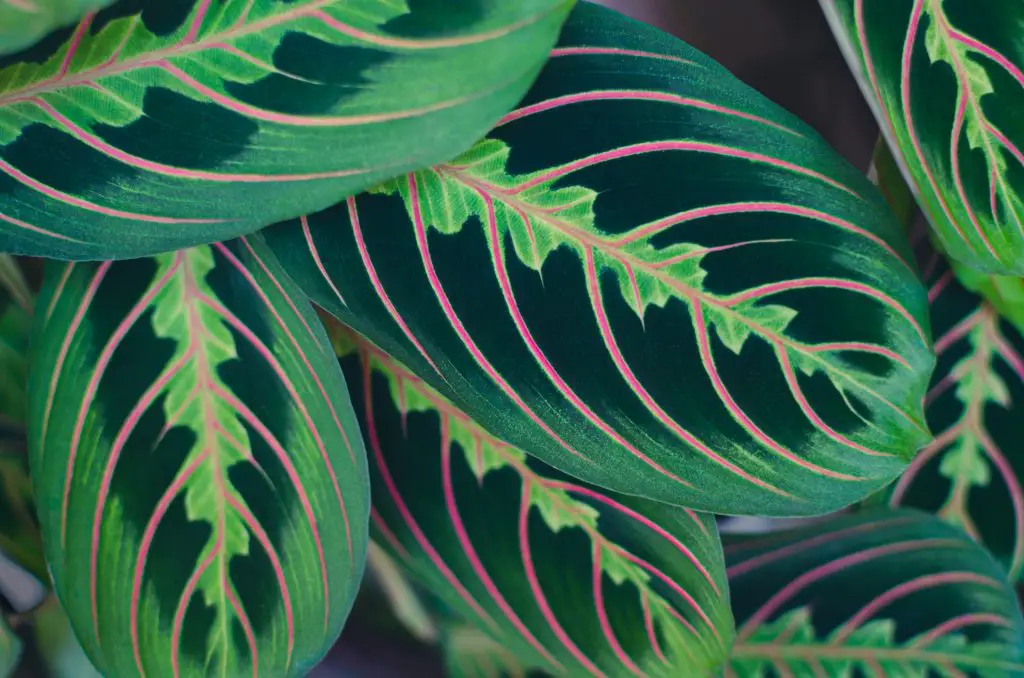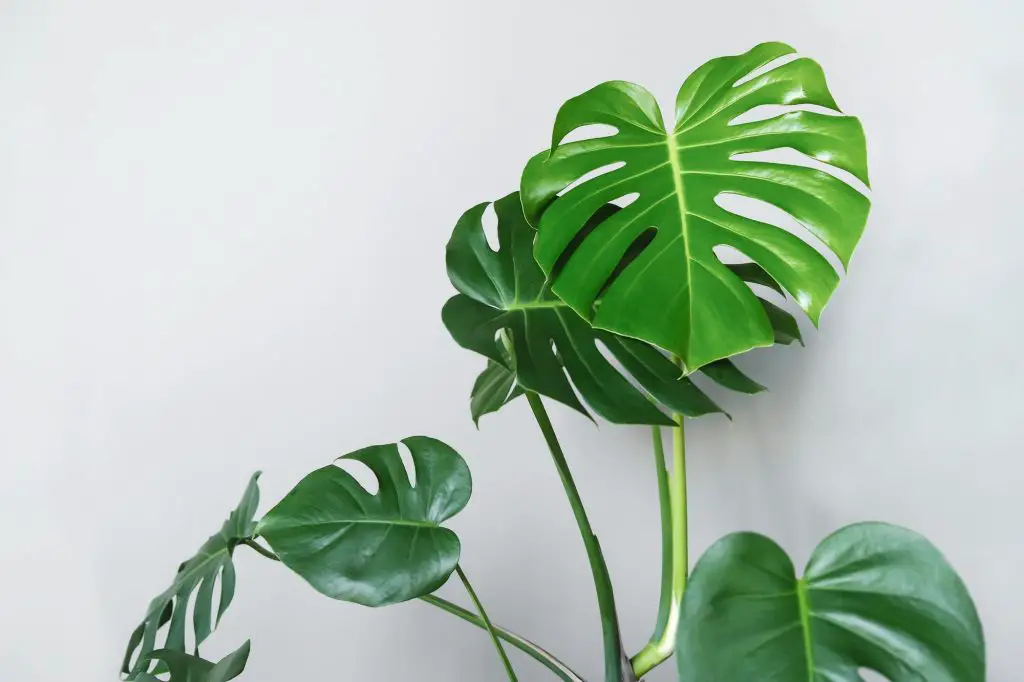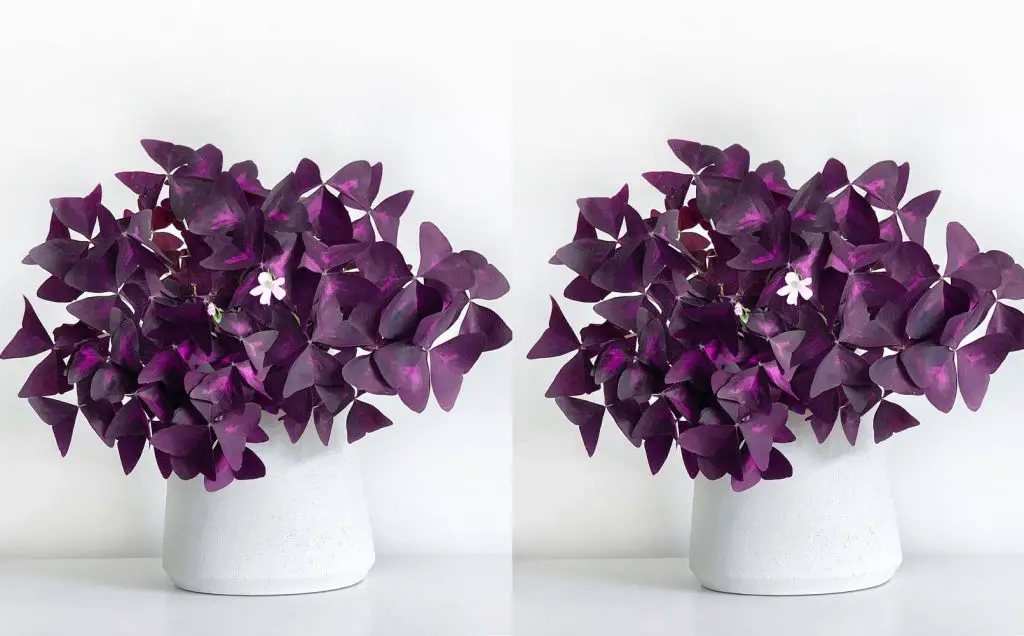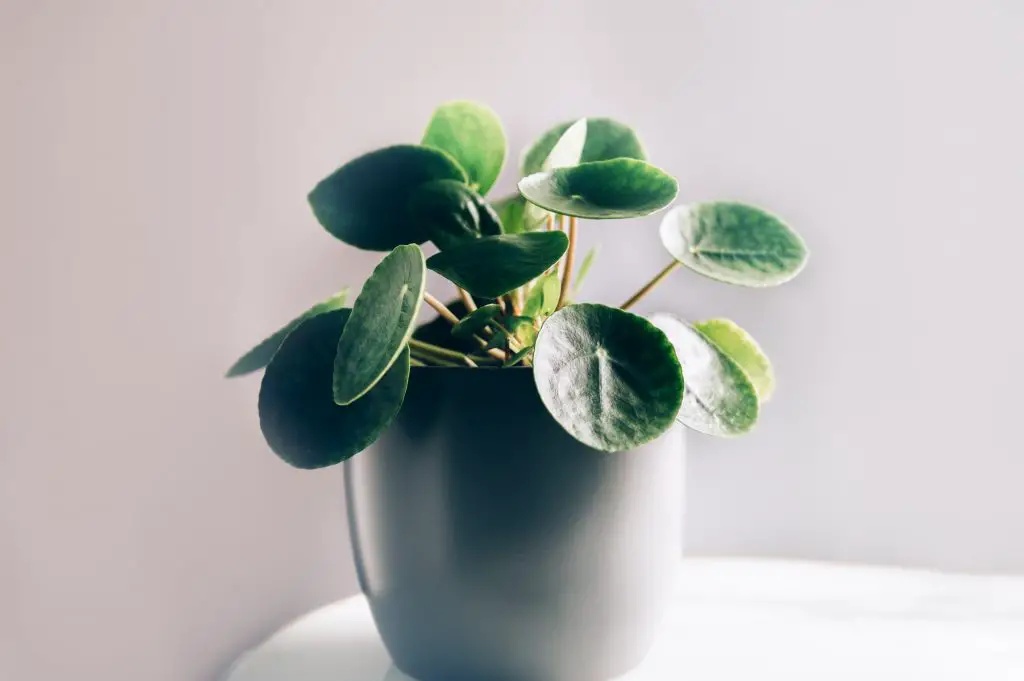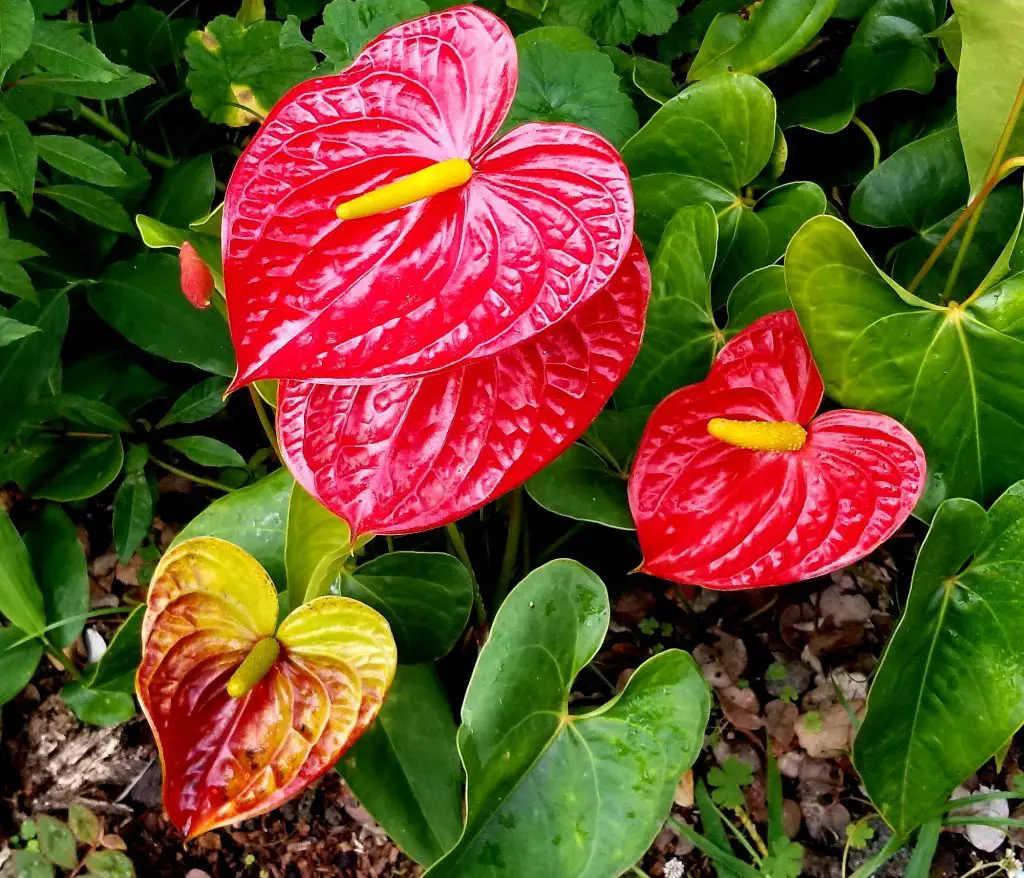Do you know some houseplants have native uses? The Calathea is one houseplant that offers native utility asides from its contribution to beautifying the environment. In some regions, the Calathea is used to wrap food and is also used in handicrafts to produce containers.
This implies that apart from the aesthetic functions, it can also be a source of income. An interesting plant, isn’t it?
The Calathea of the Marantaceae family is one houseplant with diverse varieties. These varieties vary by size, pattern, and foliage appearance.
Picking a certain variety to propagate may be mind-boggling and you may have experienced difficulty in identifying the different species or maybe you are just curious about knowing the different varieties and rankings in regards to the attractiveness of the plant’s foliage appearance.
This article provides information on the different types of Calathea, their rankings in regards to their attractiveness, how they can be identified, and tips for propagating them.
Table of Contents
Top Calathea Plant Varieties You Can Grow
Just in case you are keen on propagating the most beautiful Calathea varieties, the following are the different types of Calathea in order of the attractiveness of the foliage appearance.
1. Calathea Makoyana
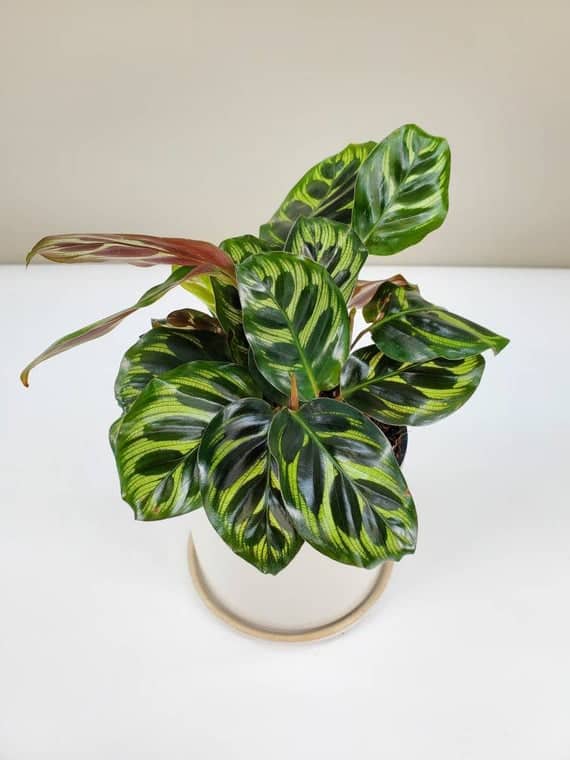
This is one of the most beautiful Calathea species. The leaf is brightly patterned with green, velvet, or purple and sometimes streaks of silver. This species is sensitive to salt. Remember to avoid using chemical water when watering.
The most appropriate source of water for the Calathea Makoyana is rainwater; in the absence of rainwater, you could make use of distilled water. Also, when potting the Calathea Makoyana, never use an aluminum pot or container as harmful elements may sip into the soil. Your plant can be damaged by these harmful elements.
2. Calathea Roseopicta
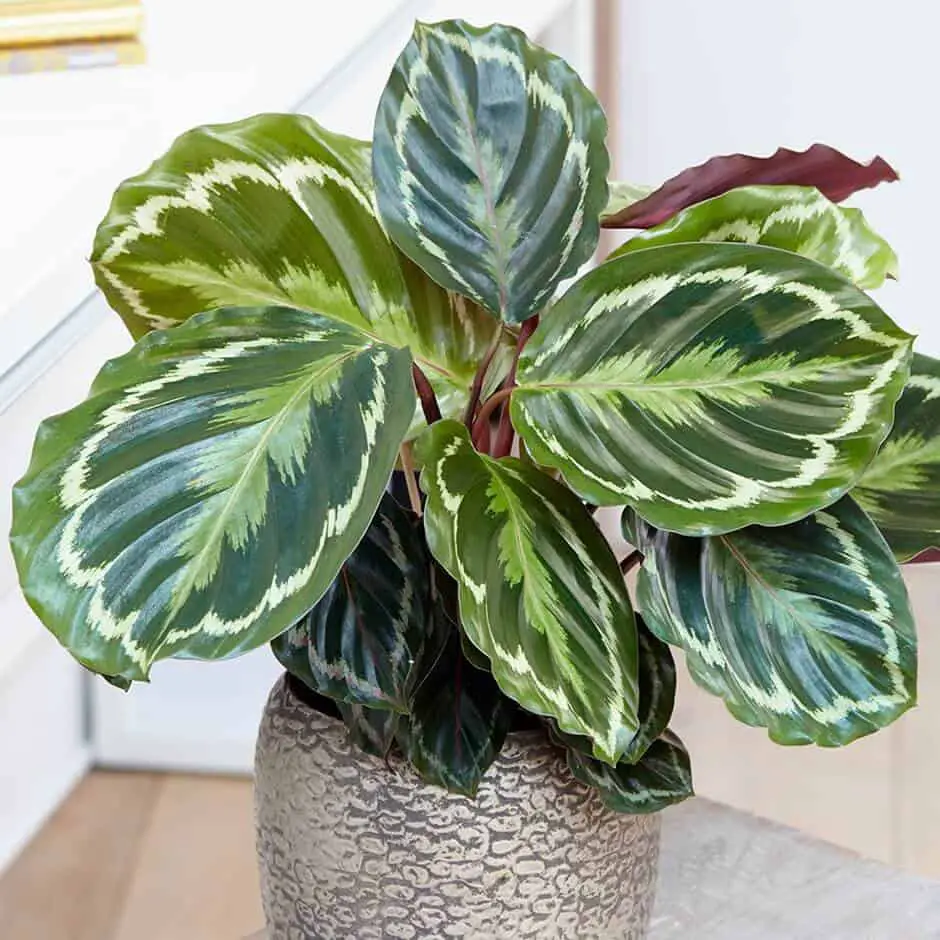
This is the Calathea species that look like a work of art. The oval-shaped plant has wavy sides and its leaves have about four different markings. The plant is dominated by green although different hues of green ranging from very dark to light green. The patterns are leaf-like shaped and very eye-catching.
Ensure that your Calathea Roseopicta is well-spaced to allow it receives sufficient bright but indirect sunlight.
3. Calathea Rosey
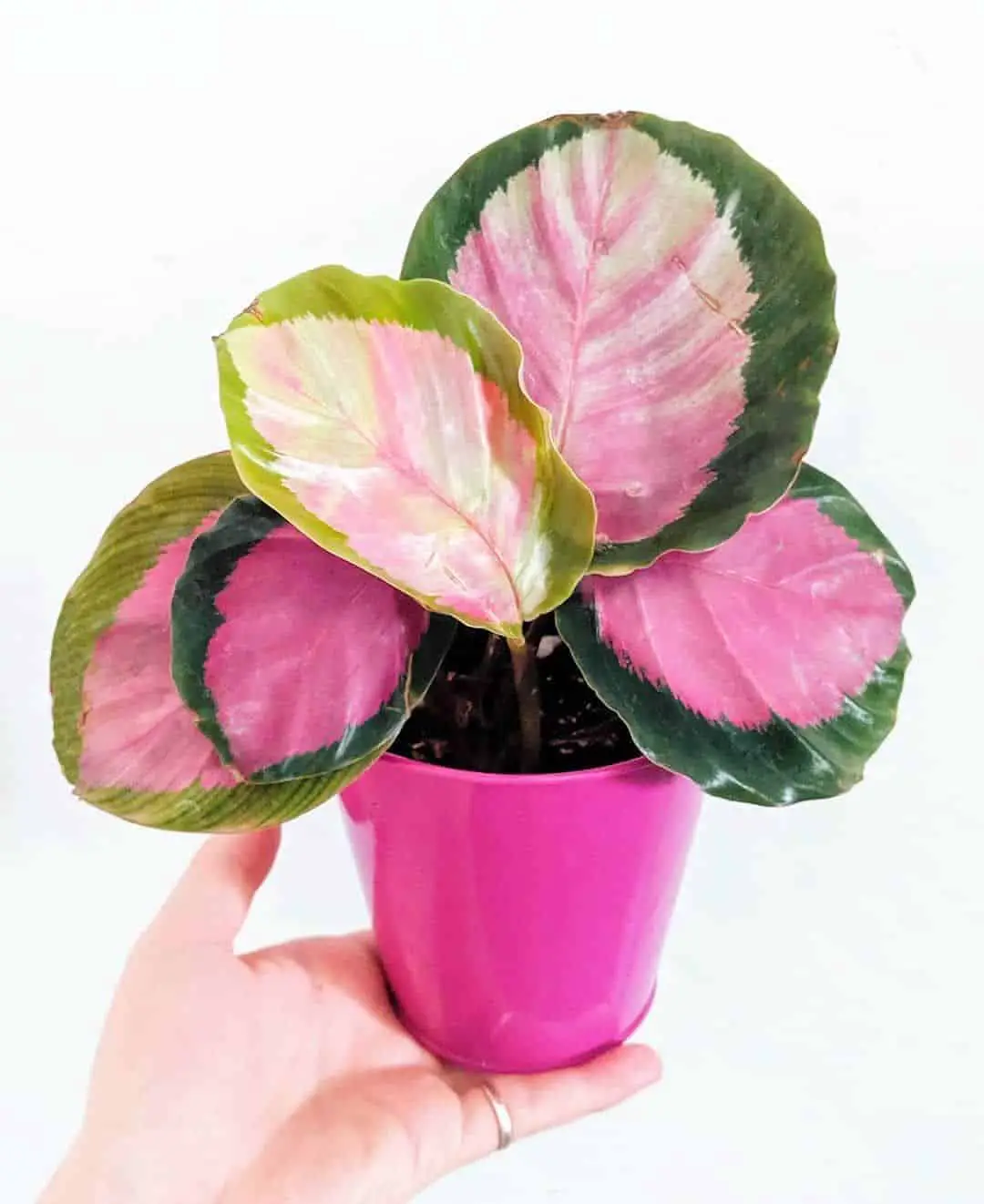
The Calathea Rosey belongs to the family of the Calathea Roseopicta. It is one of the most colorful Calathea species. This beautiful Calathea is patterned in green, cream, and pink on top with the same leaf-like pattern of the Roseopicta. Underneath, the plant is purple. While growing this Calathea, make use of drilled pots to allow for easy drainage; this helps prevent waterlogged soil.
4. Calathea Roseopicta Dottie
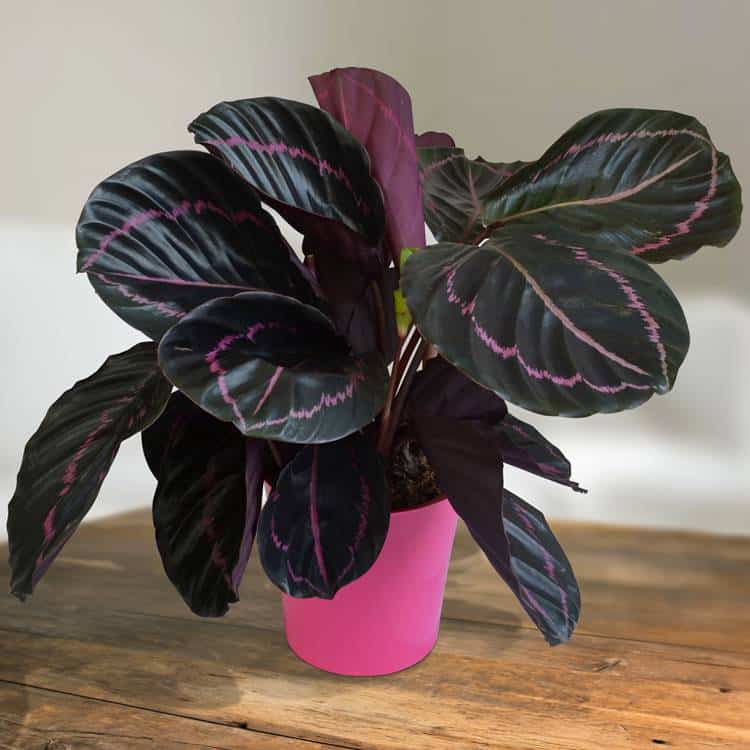
This is similar to the Calathea Roseopicta only that it is darker than the Roseopicta. The unique plant is lined in pink, unlike the Calathea Roseopicta which is dominated by green. In propagating the Calathea Dottie, mist the leaves regularly to keep the foliage appearance appealing and to wade off pests.
5. Calathea Ornata
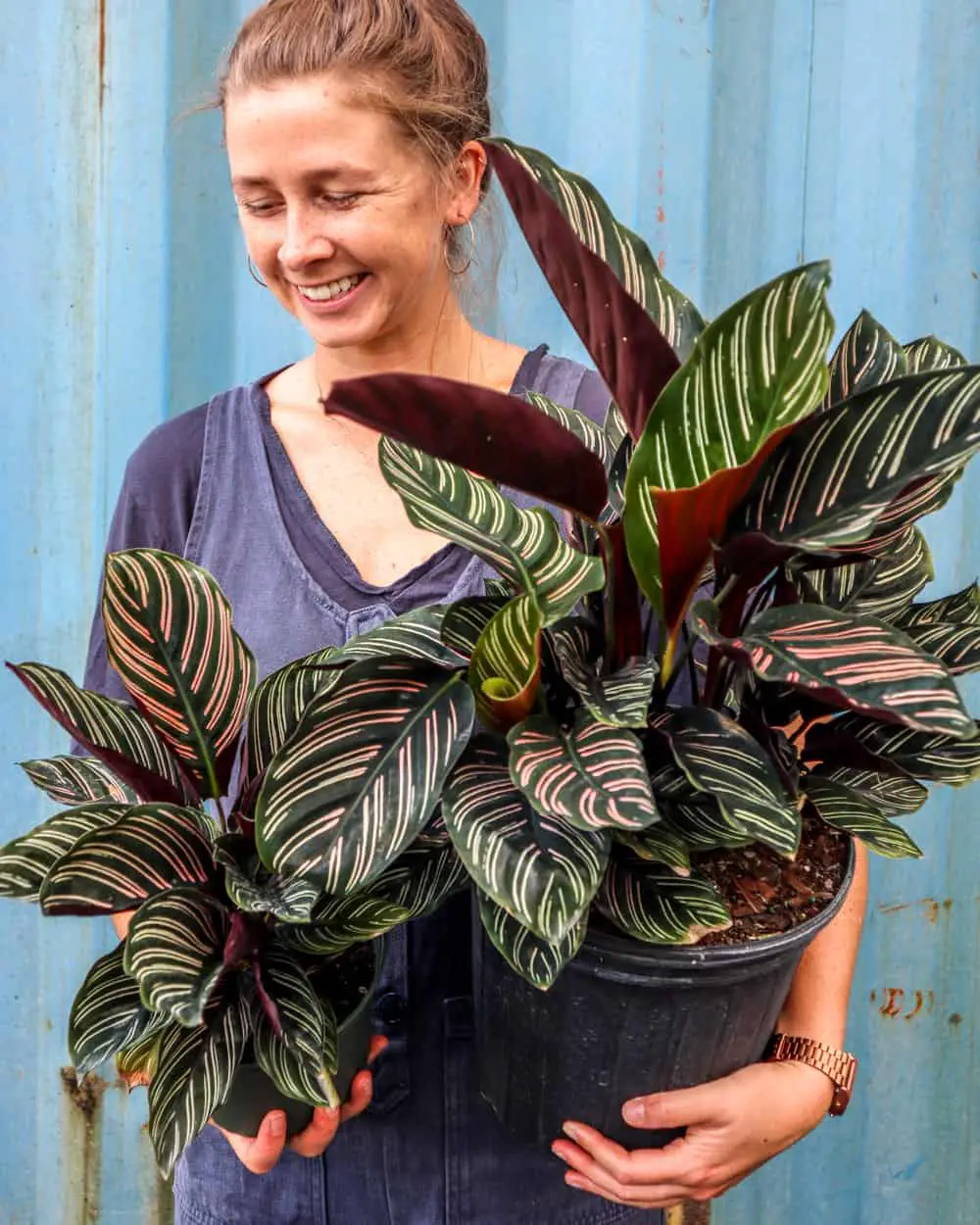
The Calathea Ornata is referred to as the pinstriped plant; the plant is beautifully patterned thin colored stripes on its leaves. It is one of the most popular Calathea species. The stripes are usually white, pink, or purple and sometimes have streaks of green. In propagating this species, ensure you select an organic soil mix. Making use of peat moss provides the organic mix the house plant needs.
6. Calathea Ornata Sanderina
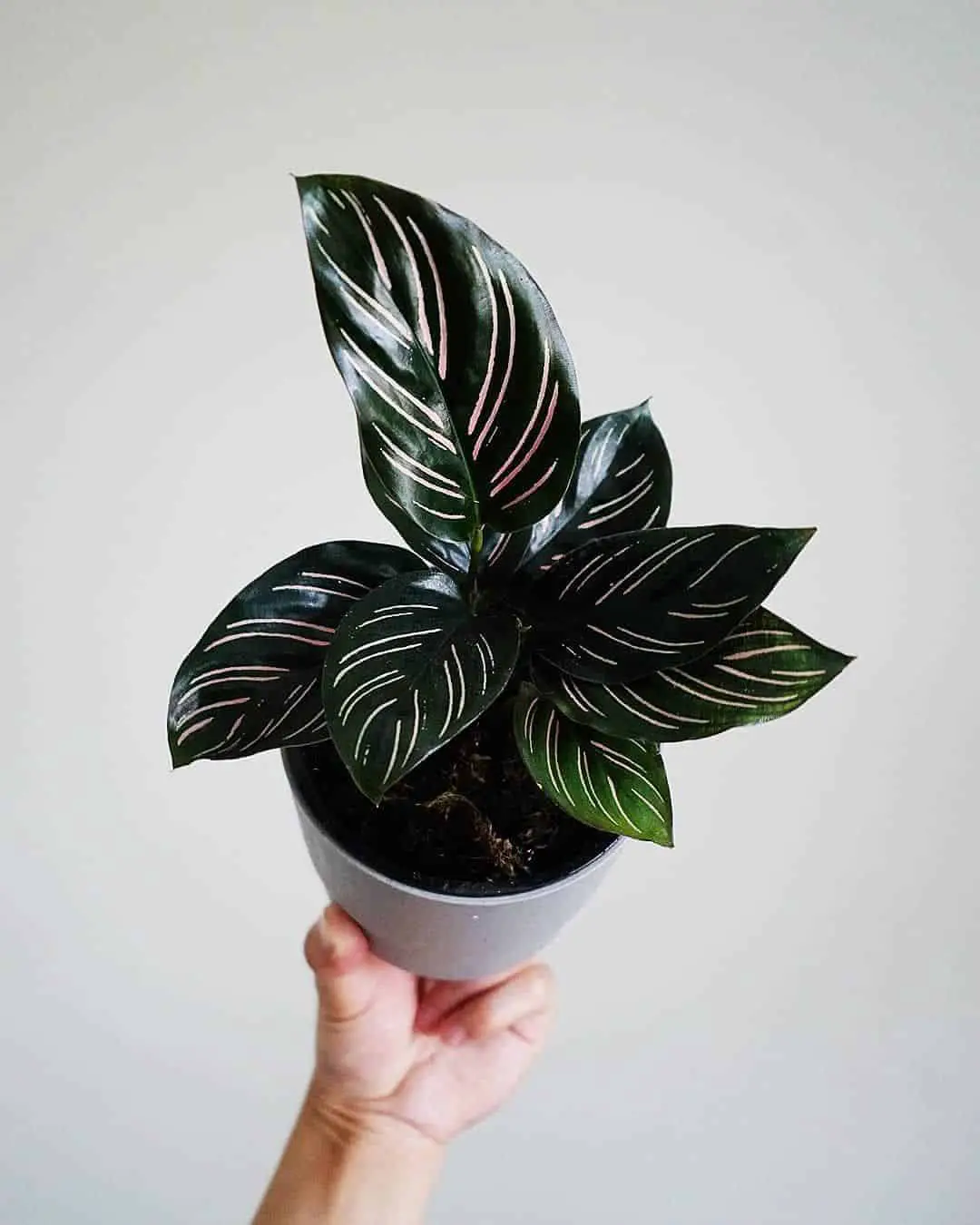
It belongs to the Calathea Ornata family only that the pinstripes are not as long as the Ornata. The stripes are usually colored in cream and the undersides are purple. The leaves are usually glossy in appearance and fur-like in texture. This plant thrives in bright but indirect sunlight. If grown outdoors, ensure you provide shade for the plant.
7. Calathea Lancifolia
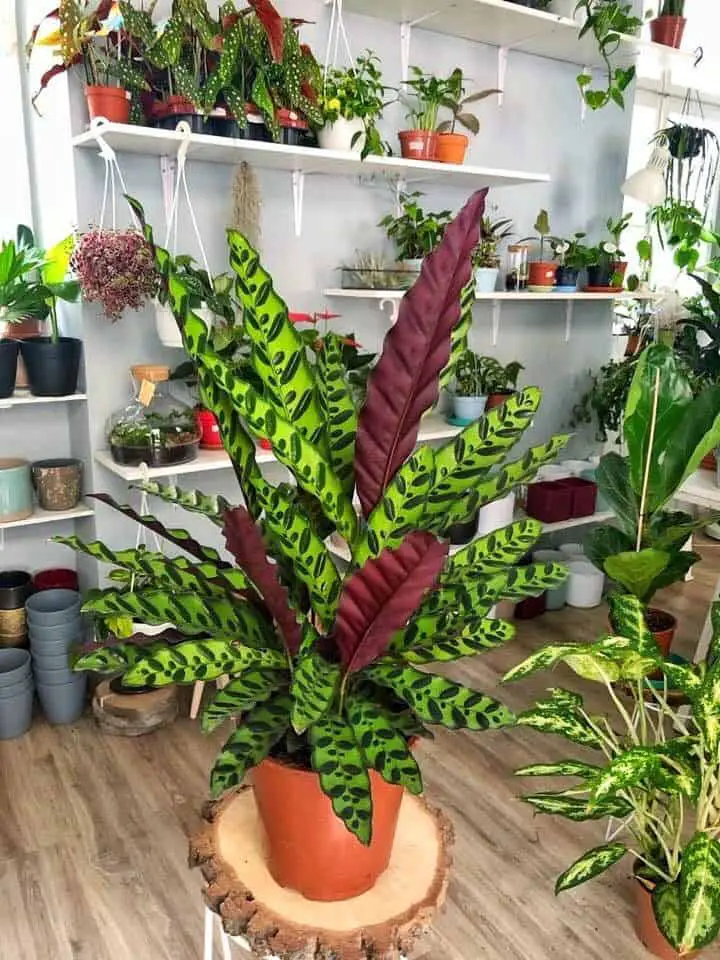
The Calathea Lancifolia is marked with dark green splotches and thus earned its nickname the rattlesnake plant. It is regarded as the rattlesnake plant due to its unique foliage appearance. The edges of the Lancifolia are usually wavy and it grows taller than other Calathea species. Asides from being a favorite for Calathea growers, it is loved for its easy propagation. It does not require much attention, unlike the other Calathea species.
8. Calathea Rufibarba
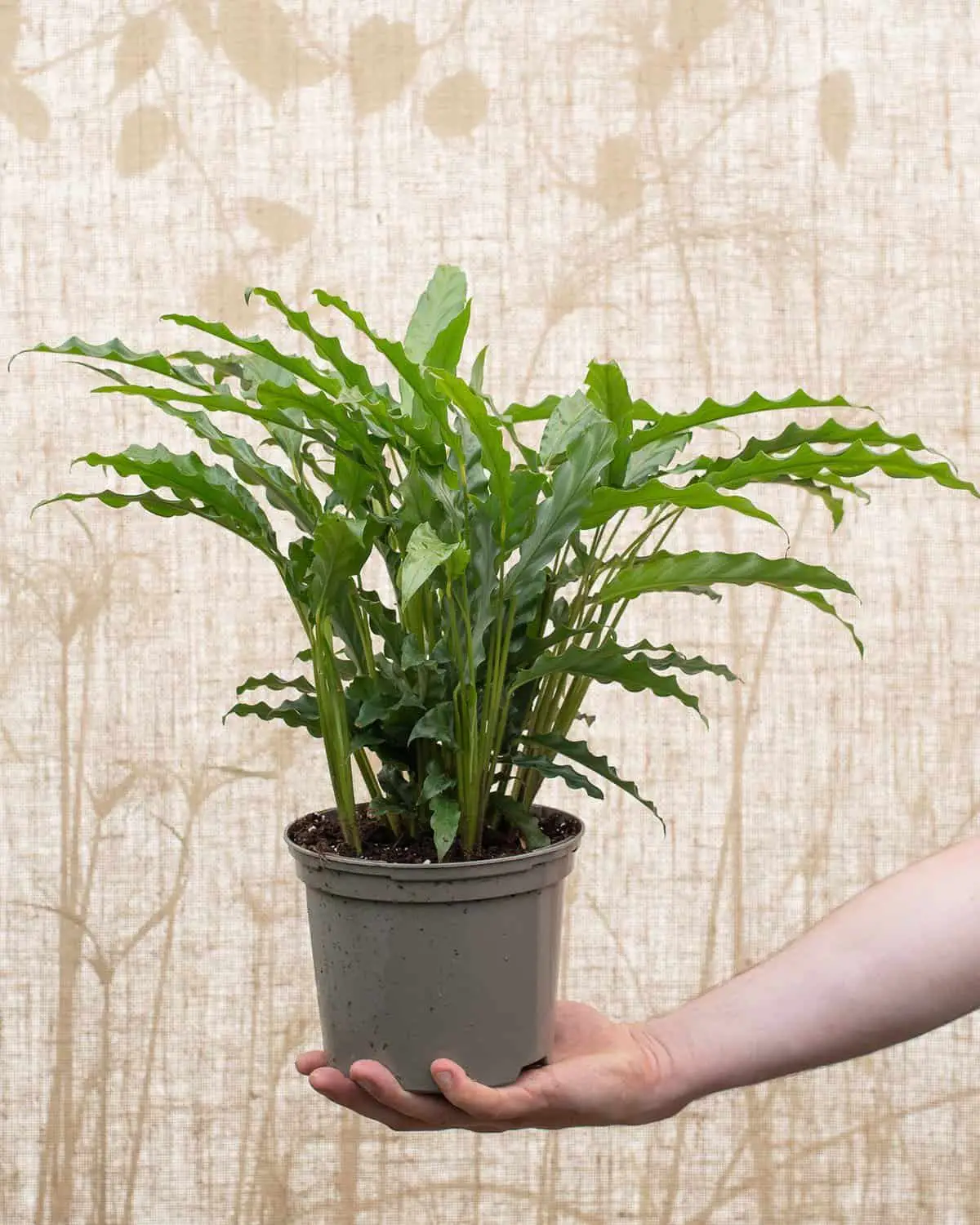
The fur-like texture of the Calathea Rufibarba earned its nickname furry feather. This extremely wavy Calathea has a bright burgundy underneath while the top is plain green. It is one of the most distinct Calathea because of its waviness.
9. Calathea Freddie
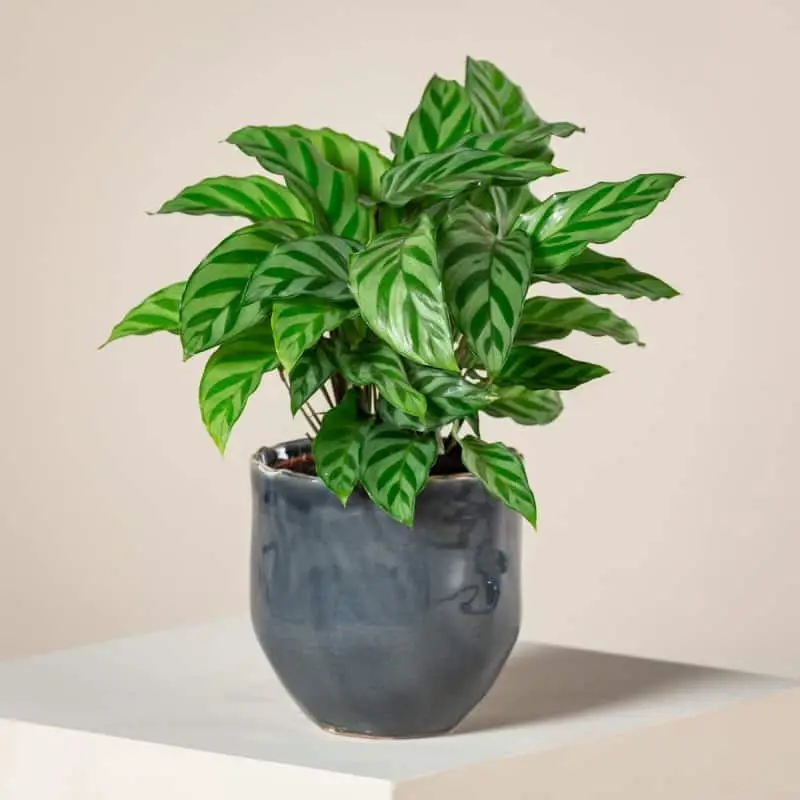
The Calathea Freddie is marked with dominant light green color. The pattern is vein-like and appears in dark green. This plant thrives in a low humid environment and should be taken indoors during winter or moved to a warmer location. To provide humidity, mist the plant regularly.
10. Calathea Warscewiczii
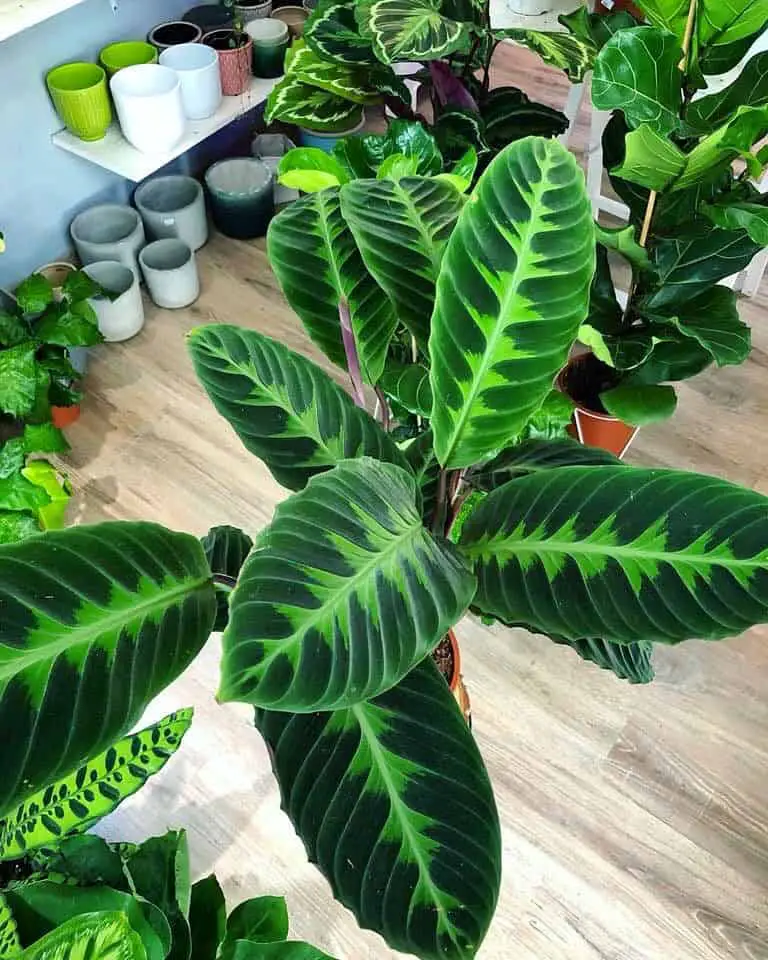
The Calathea Warscewiczii is also known as the jungle velvet. It grows in a lance-like shape and has a bright green foliage appearance. The beautiful light green pattern is seen at the middle of the plant and does not extend to the edge of the plant. The Calathea Warscewiczii has an underlay of velvet or purple.
11. Calathea Crocata
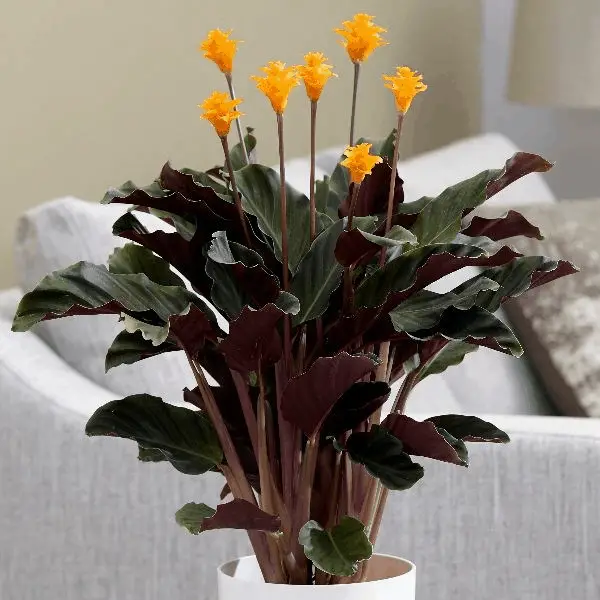
This is another attractive Calathea. The interesting thing about this Calathea is that the foliage appearance is not as attractive as the flower it produces when the plant blooms. The flowers of the Calathea Crocata exude a bright and alluring yellow or orange that makes it distinct amidst other Calathea varieties. Unfortunately, this species is quite rare and may not be easy to find nor propagate.
12. Calathea Zebrine
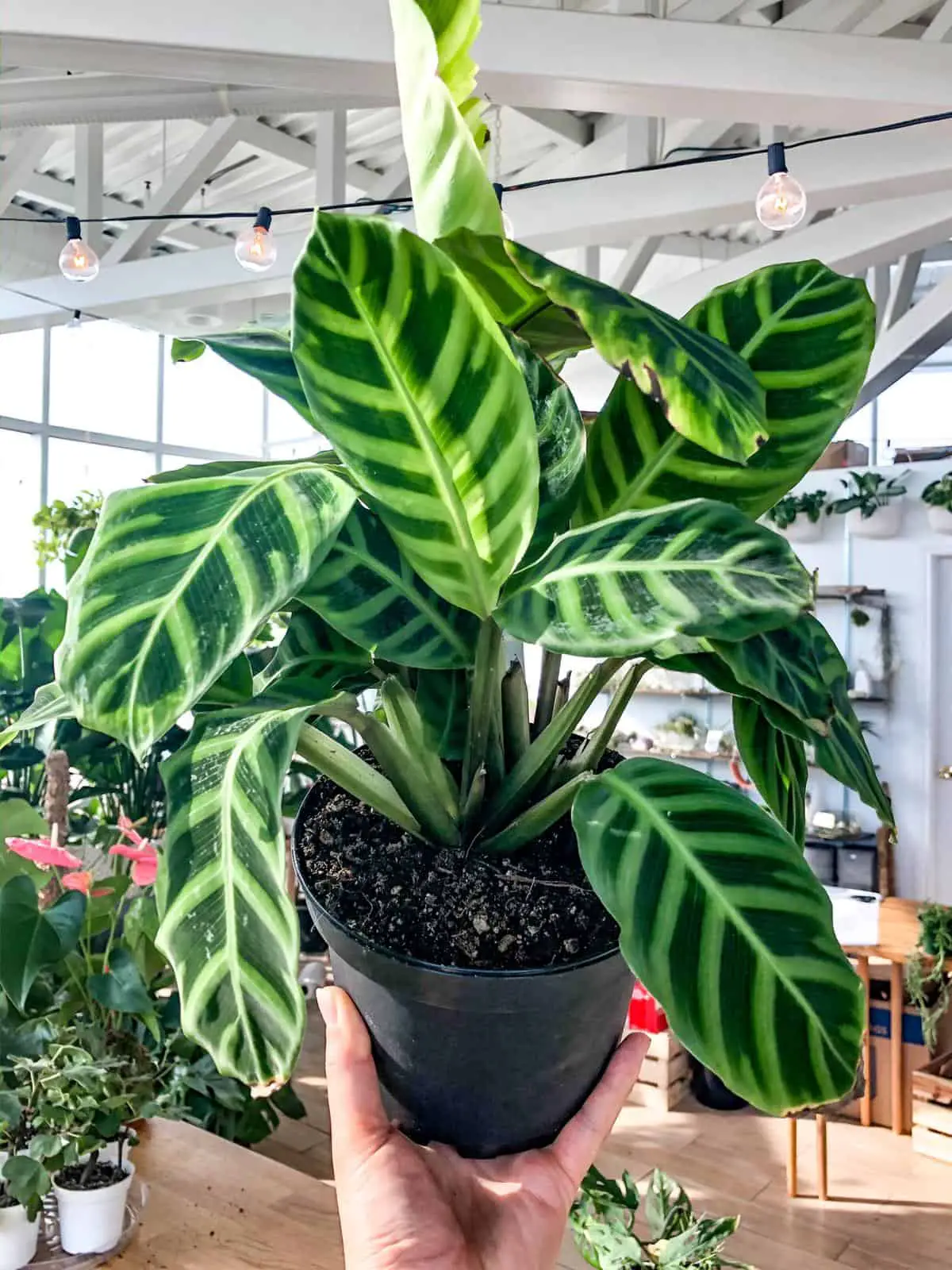
The zebra-like patterns on this Calathea make it a sight to behold. The dominant color is green although different hues appear on the plant. When the plant blooms, the flowers are usually purple and white.
13. Calathea Fusion
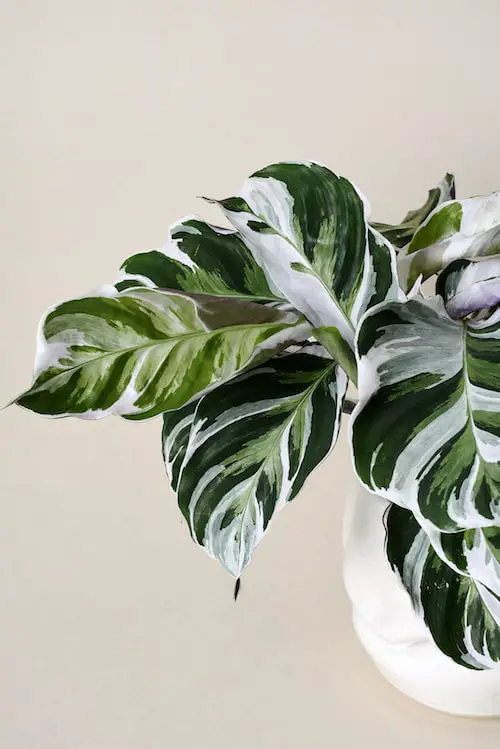
The Calathea fusion has a mix of white and green and its underneath is in pink or purple. Because of its foliage appearance, pests may be attracted to it; combat pest infestation upon detection.
14. Calathea White Tiger
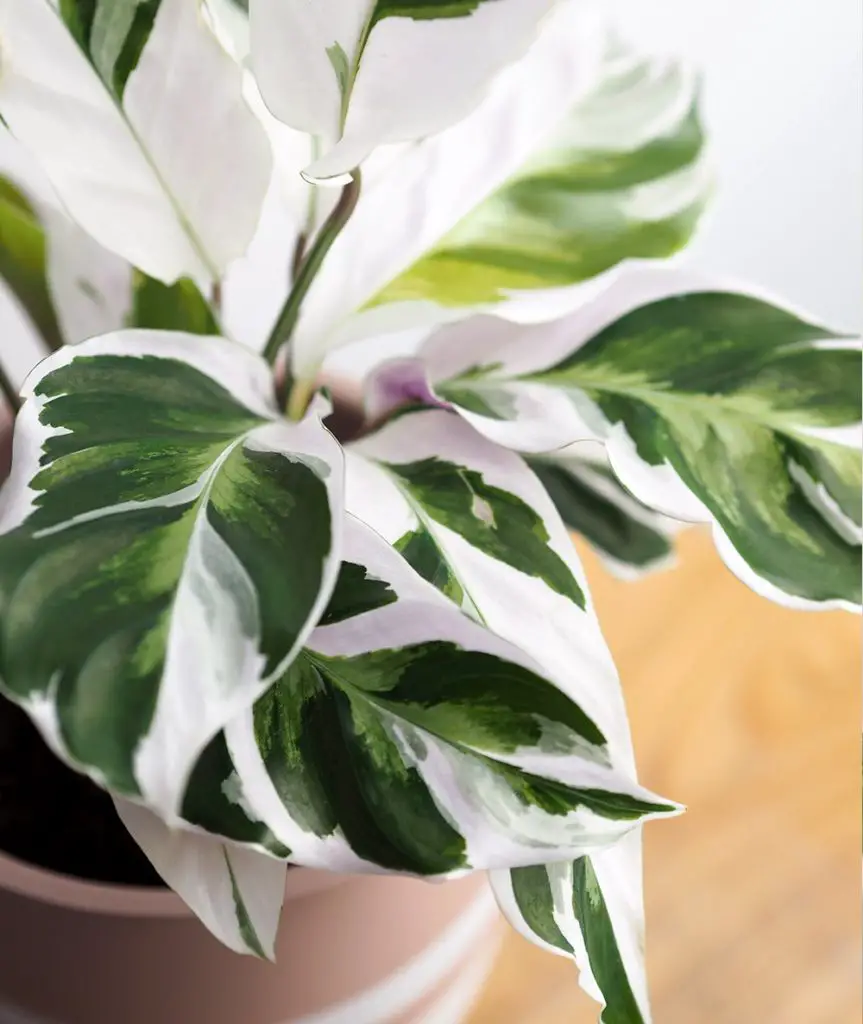
The White Tiger has alternating wavy patterns of green and white. Ensure that the Calathea White Tiger is adequately watered. The soil must neither dry out nor be soggy. In a case of overwatering, stay off watering for a while to allow the root to recover.
Tips For Your Calathea Plants
Here are some helpful tips to grow and care for your calathea plants.
- Provide a low humid environment for your Calathea.
- Place the plant in a location where it can receive bright but indirect light.
- Water regularly but ensure the soil never gets soggy after watering. Your soil must always be moist after watering.
- In selecting fertilizers, make use of water-soluble fertilizers.
- Repot when the plant has outgrown its present container.
- Prune them when the need arises. It allows for the even spread of nutrients and helps eliminate dead parts of the plant. In addition, before you prune, sterilize all instruments to prevent transmission of plant diseases and pest infestation.
- Make use of organic soil for your soil mix.
- Make use of good drainage pots or containers. Using drilled pots prevents the soil from getting waterlogged. Remember to never use aluminum containers as they contain harmful elements that can sip into the soil.
- Mist Calathea leaves regularly.
- Combat pest infestations immediately to prevent plant damage.
Final Note
Calatheas are beautiful houseplants that can be grown indoors or outdoors. To be a tad fancier with your environment, you could combine several varieties of Calathea and your environment would be a sight to behold.
Read next:

